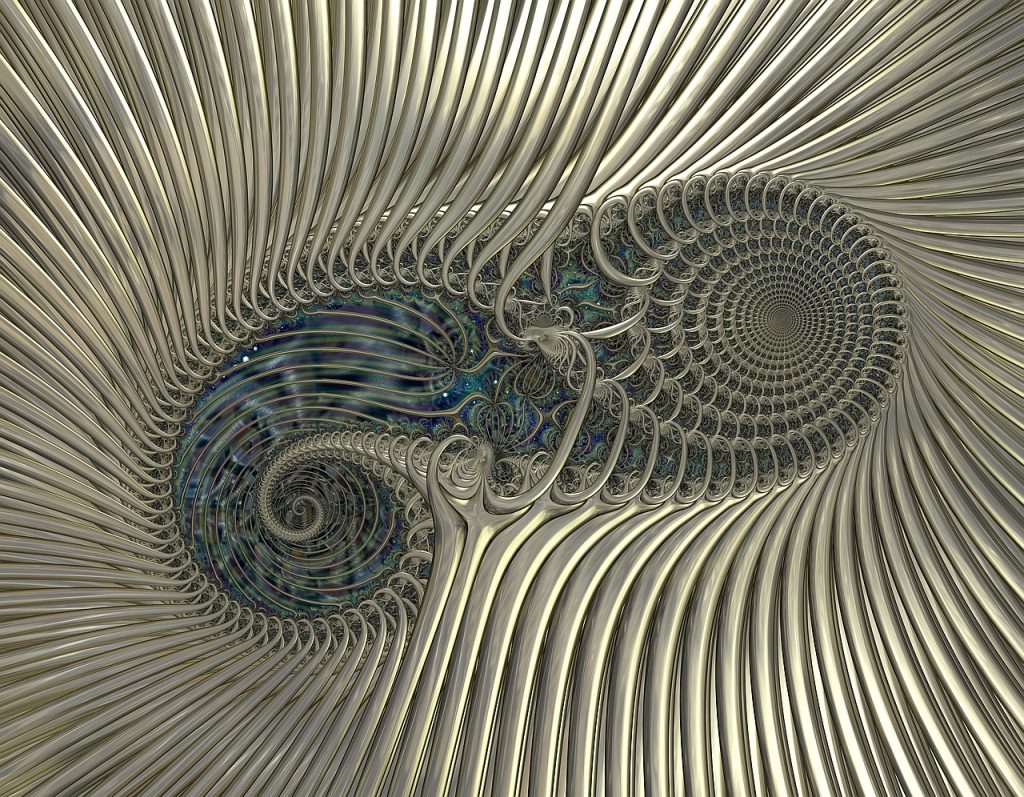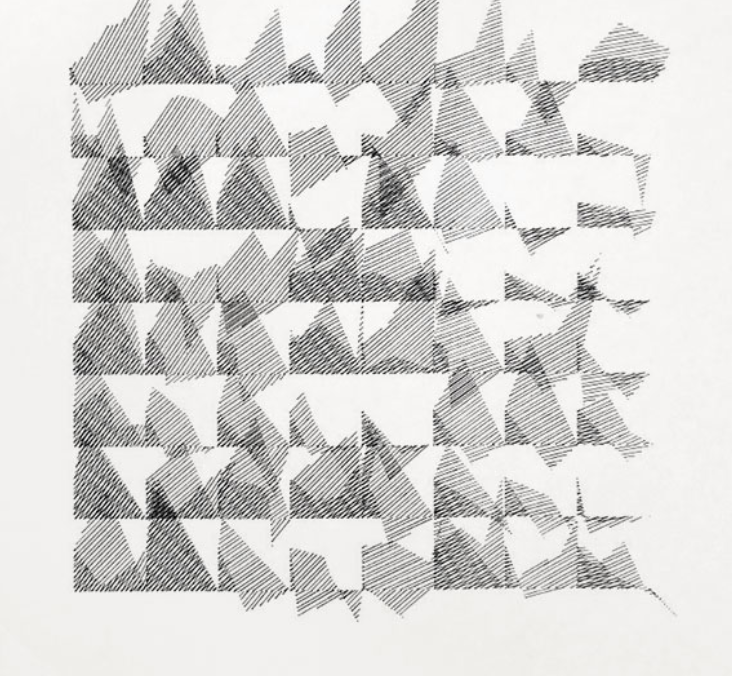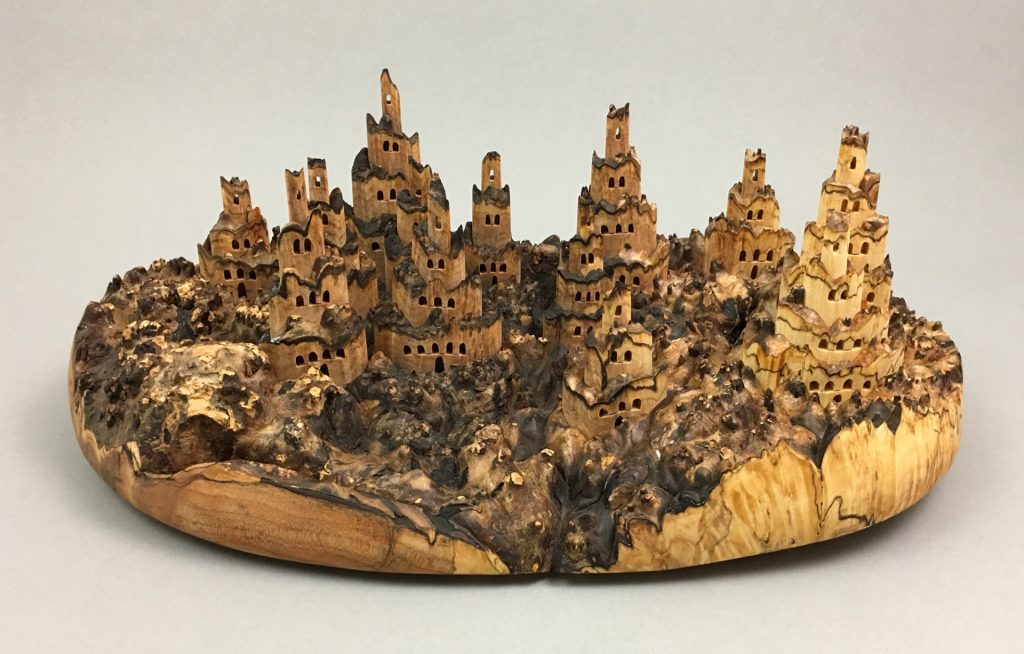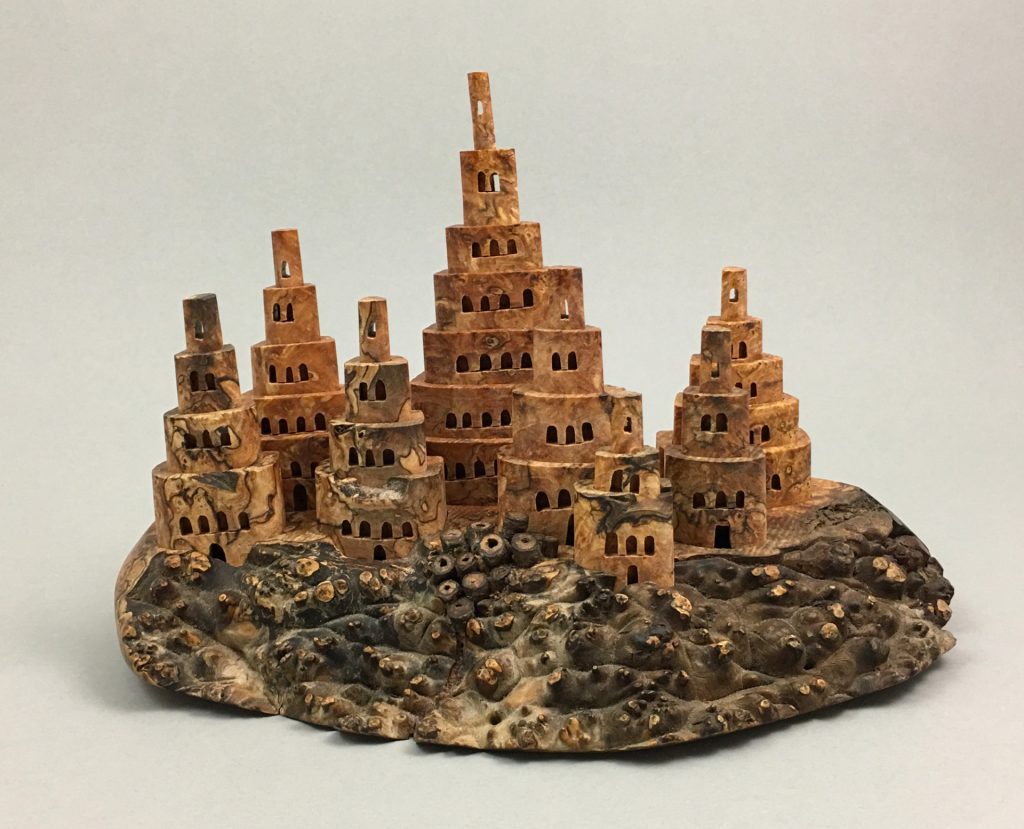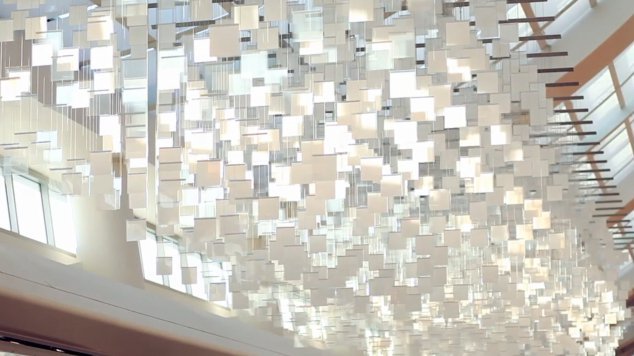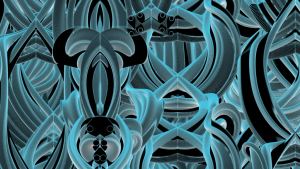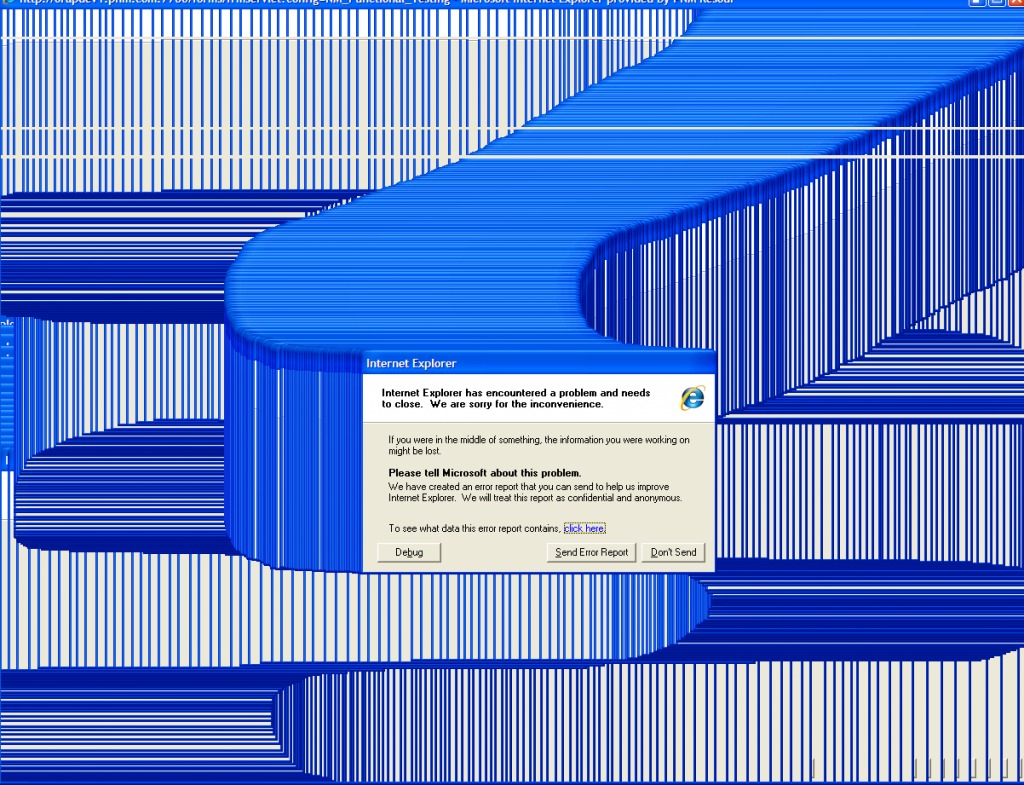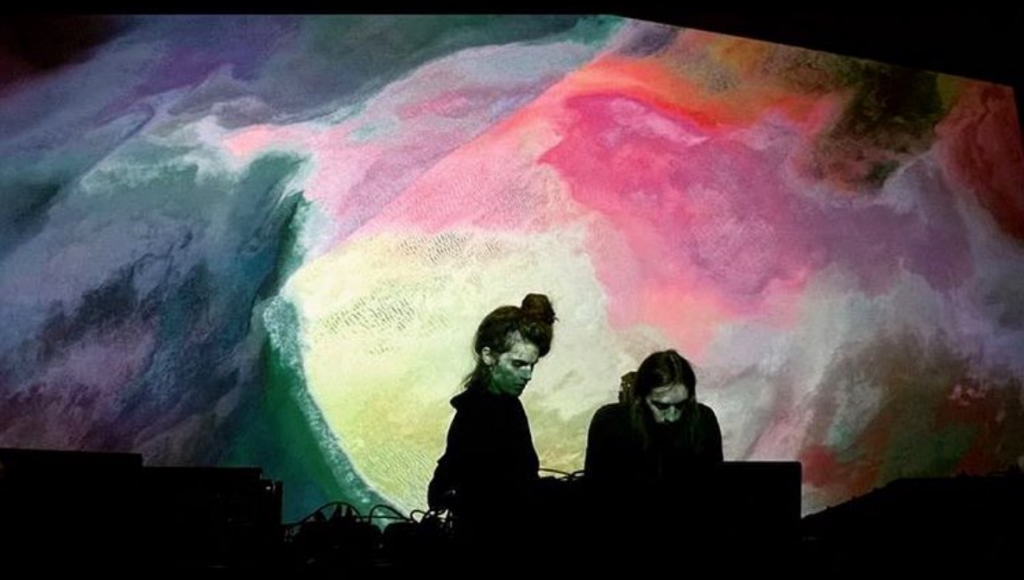
404.Zero

An artistic duo from St. Petersburg, Russia, 404.Zero create A/V performances that use custom-built synthesizers and generative graphics. Their work is performed live, and being generative in nature have the ability to mutate, grow, and react in realtime in the environment that they are performing in.
It’s of no surprise then that much of their visual work, while being 100% digitally generated, has an organic quality to it. Transforming textures and shapes elicit waves and other natural phenomenon. These visuals work in tandem with generative audio that drones. Utilizing tonal shifts and adjusting the parameters of their set-up they are exploring the liminal space that lies between states by creating a constant (and sometimes looping) flow.
![[OLD FALL 2019] 15-104 • Introduction to Computing for Creative Practice](../../wp-content/uploads/2020/08/stop-banner.png)
